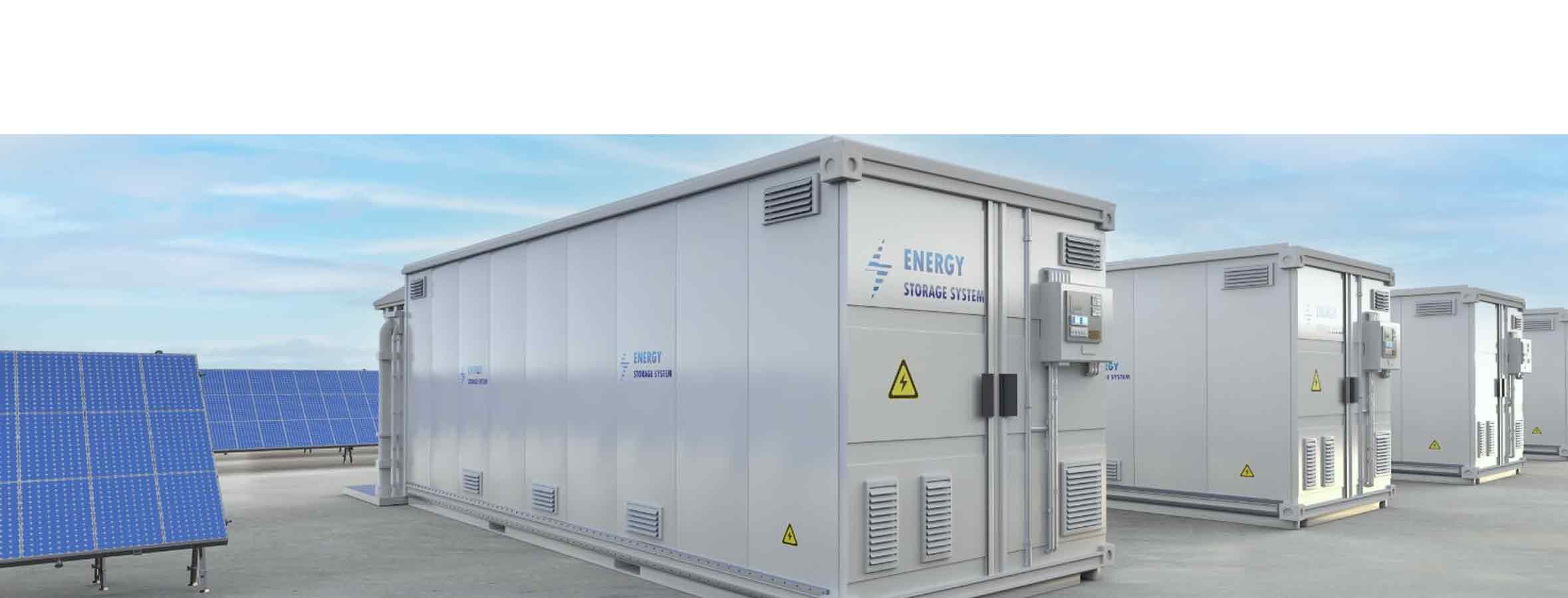April 21, 2025
Introducing Flexible-Duration Storage: One System, Many Roles
Flexible-duration storage breaks down duration silos, enabling one safe, scalable system to serve multiple roles and optimize value.


Sign-up for our newsletter to receive Alsym Energy news and insights.
"*" indicates required fields
Are you interested in our pilot program starting in 2026? Sign up now or subscribe to our newsletter.
"*" indicates required fields